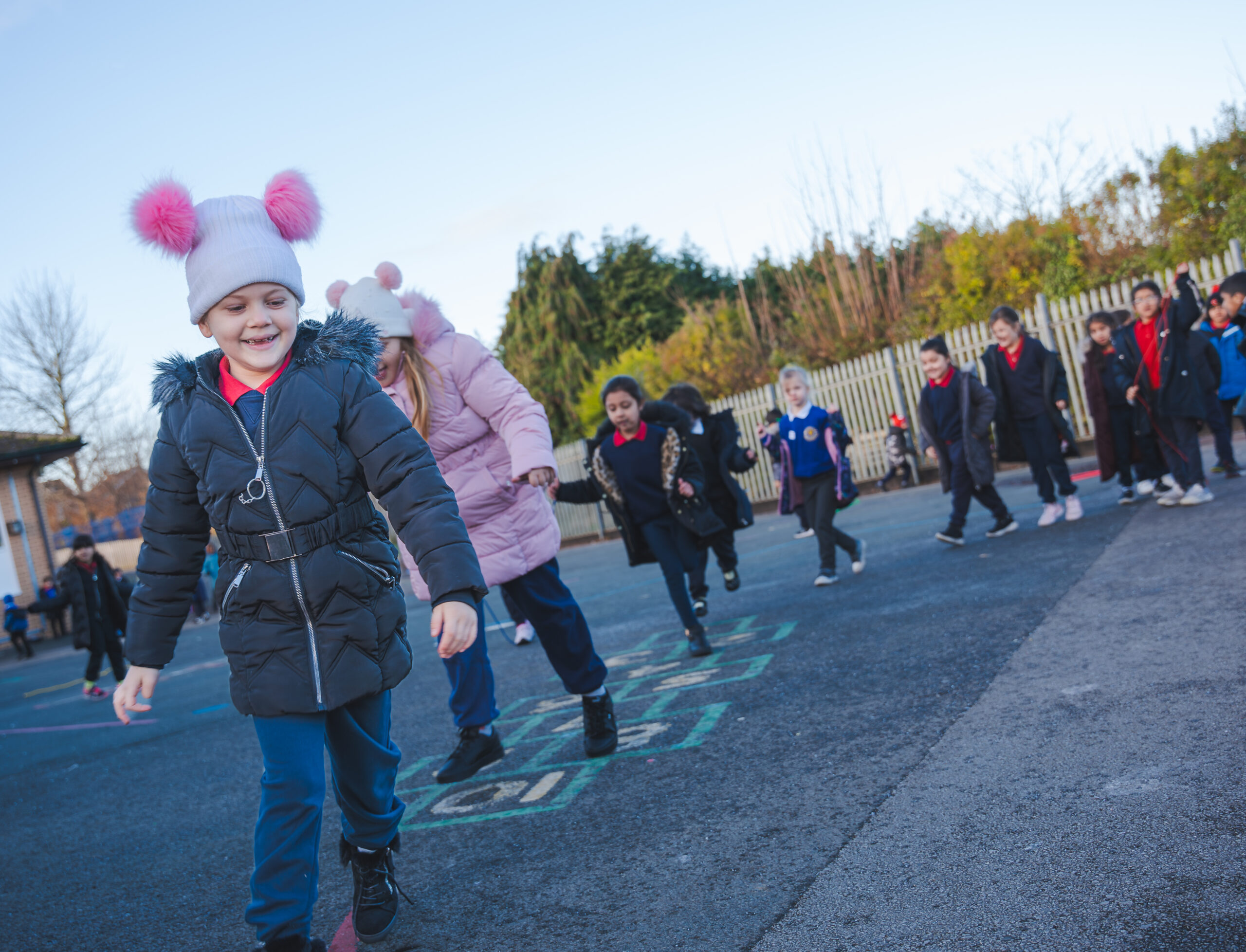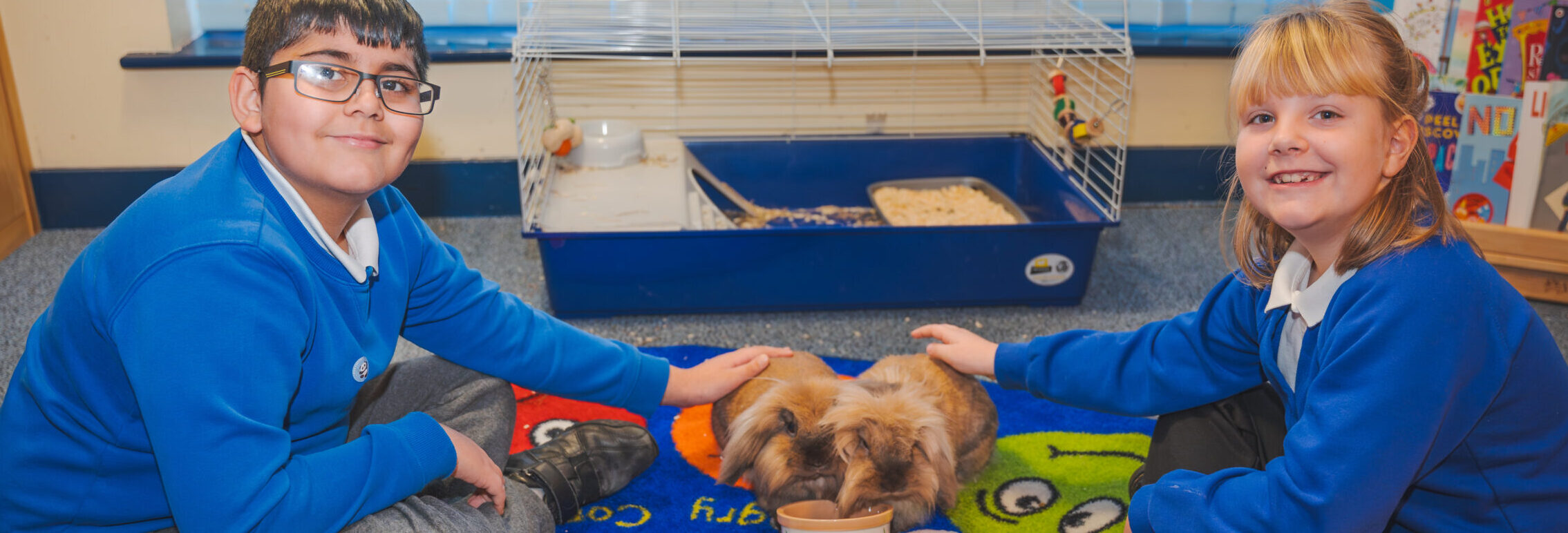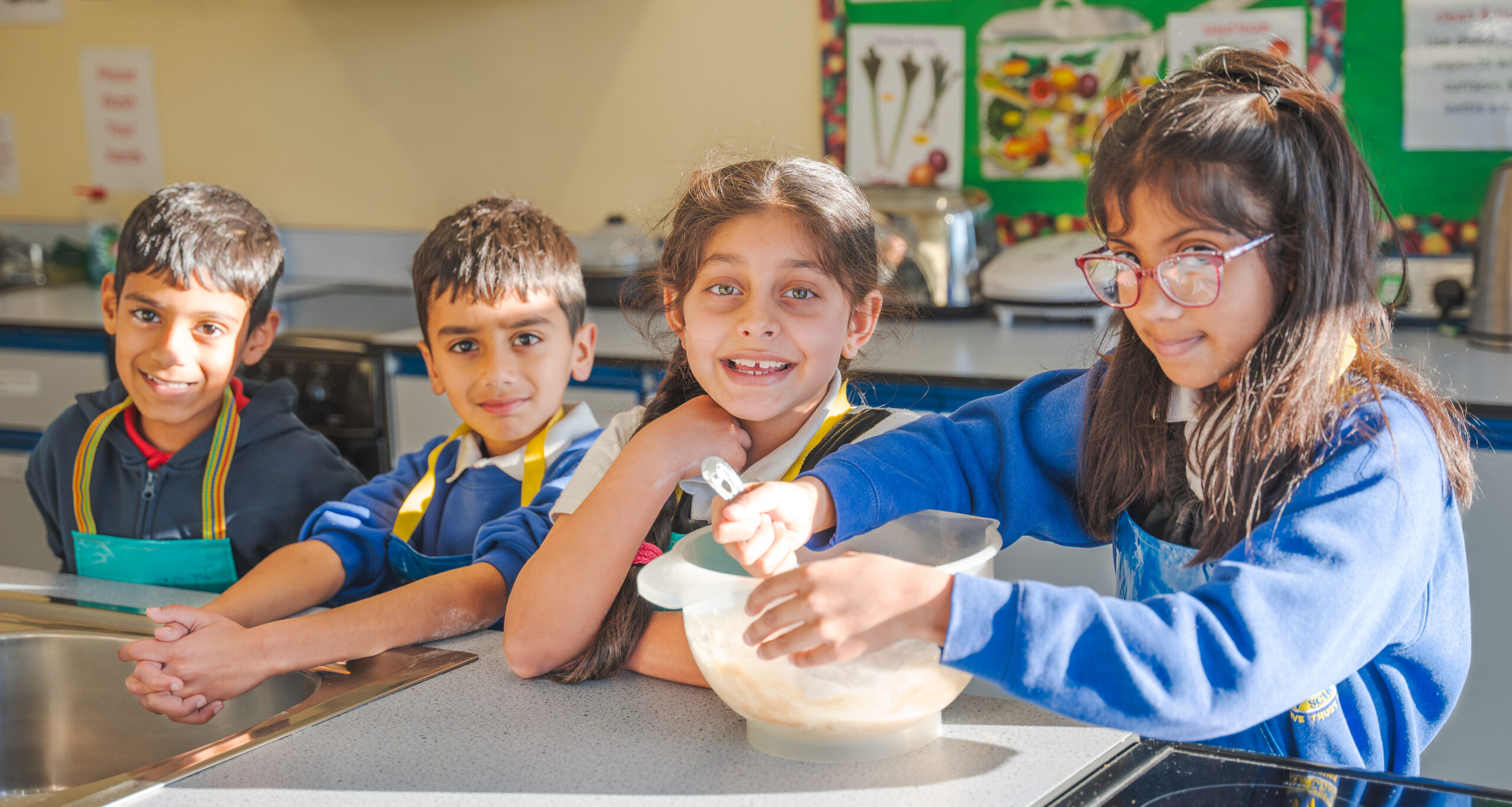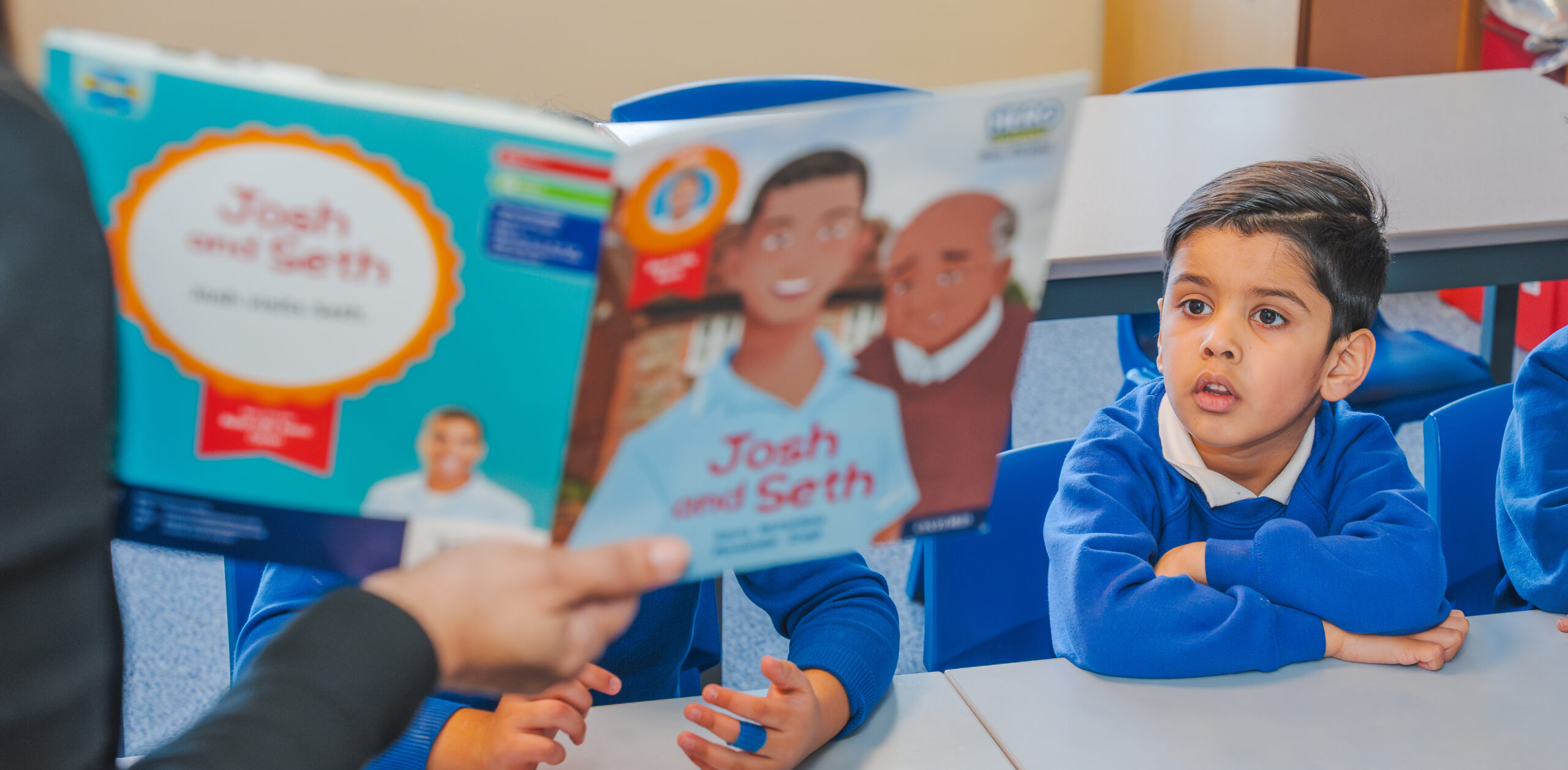Design and Technology
At Lidget Green Primary School we strive to provide high-quality Design and Technology lessons that will engage and inspire children to think innovatively and develop procedural understanding.
Children will be taught to select and use a range of equipment safely and confidently to make purposeful products. We encourage children to be critical thinkers and refine and improve their products by evaluating and problem solving.
We want to allow children to express their creativity through their designs and give them a platform to share their creativity with others.
As well as making its own distinctive contribution to the school curriculum, Design and Technology contributes to the wider aims of primary education by making links between all areas of learning.
We aspire for children to become resourceful, innovative, and capable citizens who can succeed in an increasingly technological world.
Intent
At Lidget Green Primary School, our Design and Technology curriculum aims to inspire and engage children to become confident, creative, and critical thinkers. We strive to develop practical skills that children can apply to real-world contexts.
We aim to:
- Inspire children to design and make innovative purposeful products.
- Develop pupils’ confidence to take risks, through drafting design concepts, modelling, and testing.
- Teach children to evaluate past and present designs and products and be reflective learners who evaluate their work and the work of others.
- Give children opportunities to present their design ideas and products to others.
- Build children’s confidence in using a range of equipment safely.
- Use computer aided designs to develop products.
- Teach Design and Technology in a way that ensures progression of skills, and follows a sequence that builds on previous learning.
- Make cross-curricular links to make teaching Design and Technology more engaging and purposeful.
- Ensure that Design and Technology lessons are inclusive for all learners, including those with SEND, by providing adapted tasks and support so every child can participate and make progress.
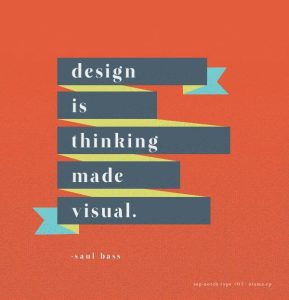

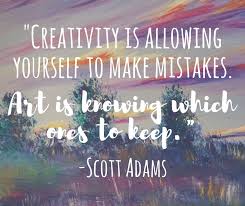
Implementation
At our school Design Technology is taught through a topic approach that allows opportunities for cross-curricular learning. Lessons have been carefully planned to excite and engage learners and to develop essential knowledge and skills of; structures, mechanisms, textiles, food, mechanical systems and electrical systems. The activities in design and technology build upon the prior learning of the children to ensure progression.
Impact
The Design and Technology curriculum supports children’s personal development in creativity, independence, judgment, and self-reflection. This is evident as they confidently discuss and share their work with others. Progress is demonstrated through both the final outcomes and the processes leading to them. The scheme of work will be monitored through formative and summative assessments, including questioning and checking if the work meets the learning objectives.
The Design and Technology curriculum has a lasting impact on children’s development, helping them acquire the skills, knowledge, and attitudes that will serve them both in and outside of the classroom.
Through the teaching of Design and Technology we enable all children to:
- Understand the functional and aesthetic properties of a wide range of materials and resources, equipping them with the knowledge to choose the right materials for their designs.
- Apply their growing knowledge, skills, and understanding to design and create prototypes and products that meet the needs of a variety of users.
- Select and use appropriate tools and techniques when making products, ensuring they follow safe procedures to work confidently and competently.
- Develop creative, technical, and imaginative thinking, which builds their confidence to participate successfully in an increasingly technological world.
- Cultivate an understanding of technological processes and the impact of products on society, helping children see how innovation and design shape the world around them.
- Critique, evaluate, and test their own ideas, products, and the work of others, fostering a reflective mindset and encouraging continuous improvement.
- Understand and apply the principles of nutrition, gaining essential cooking skills that contribute to their health and well-being.
To find out more about your child’s Design & Technology curriculum, please check the long term plan on the main ‘Learning‘ page of this website.

